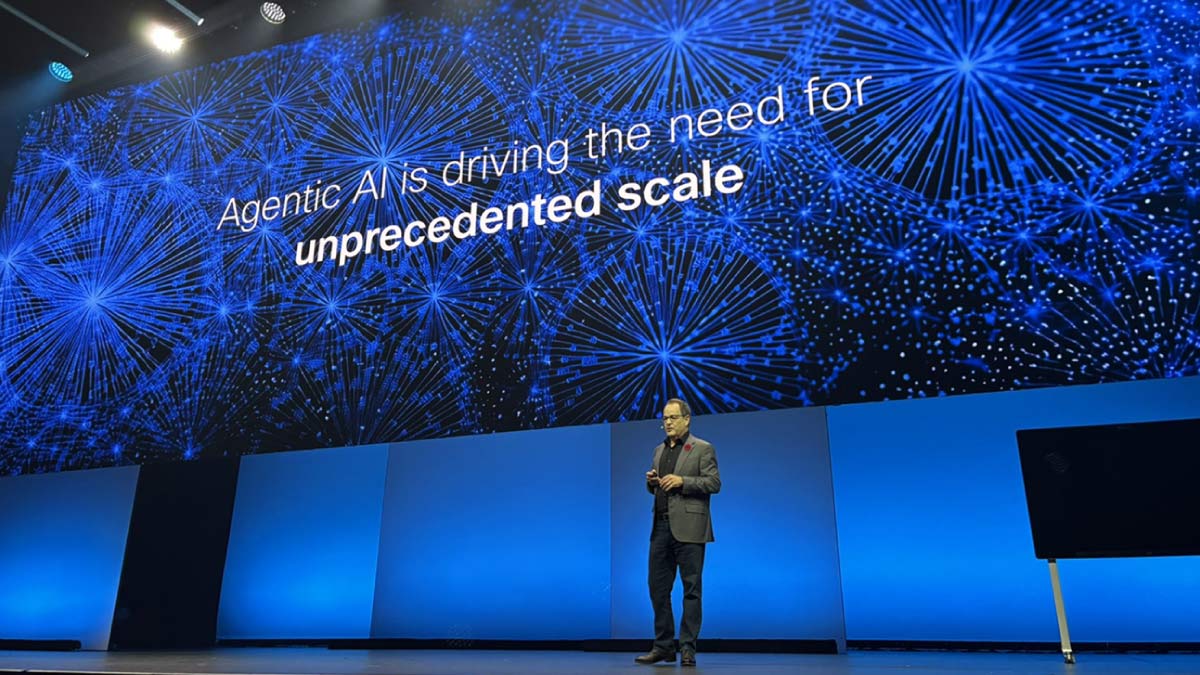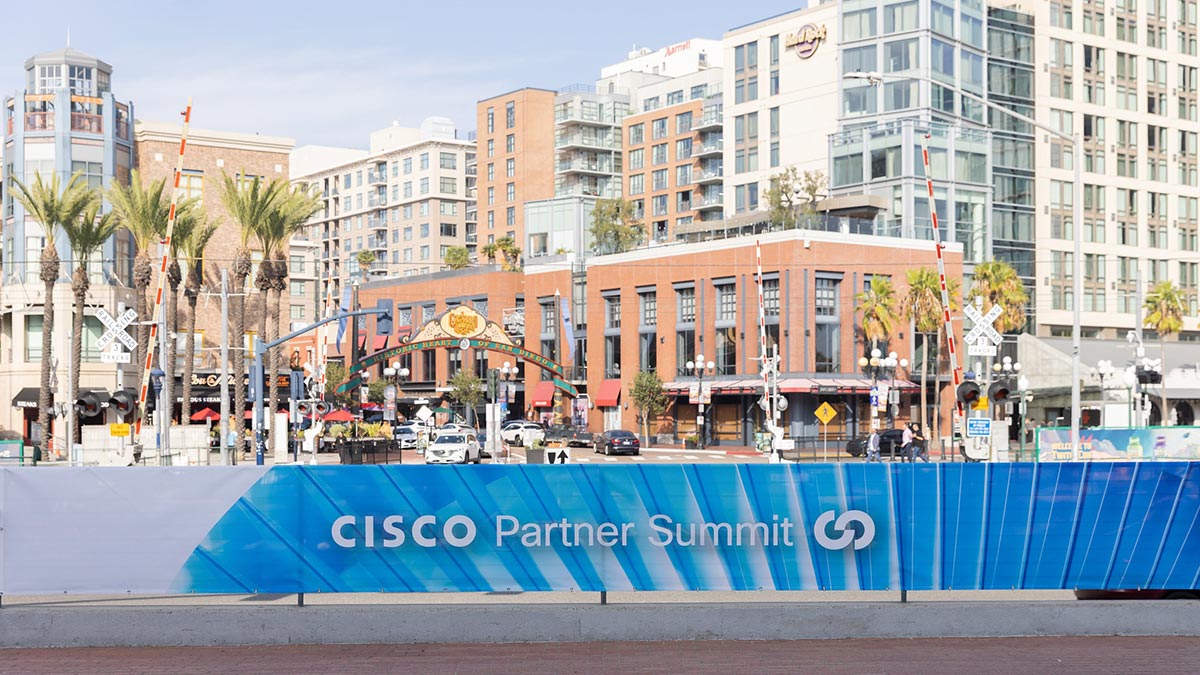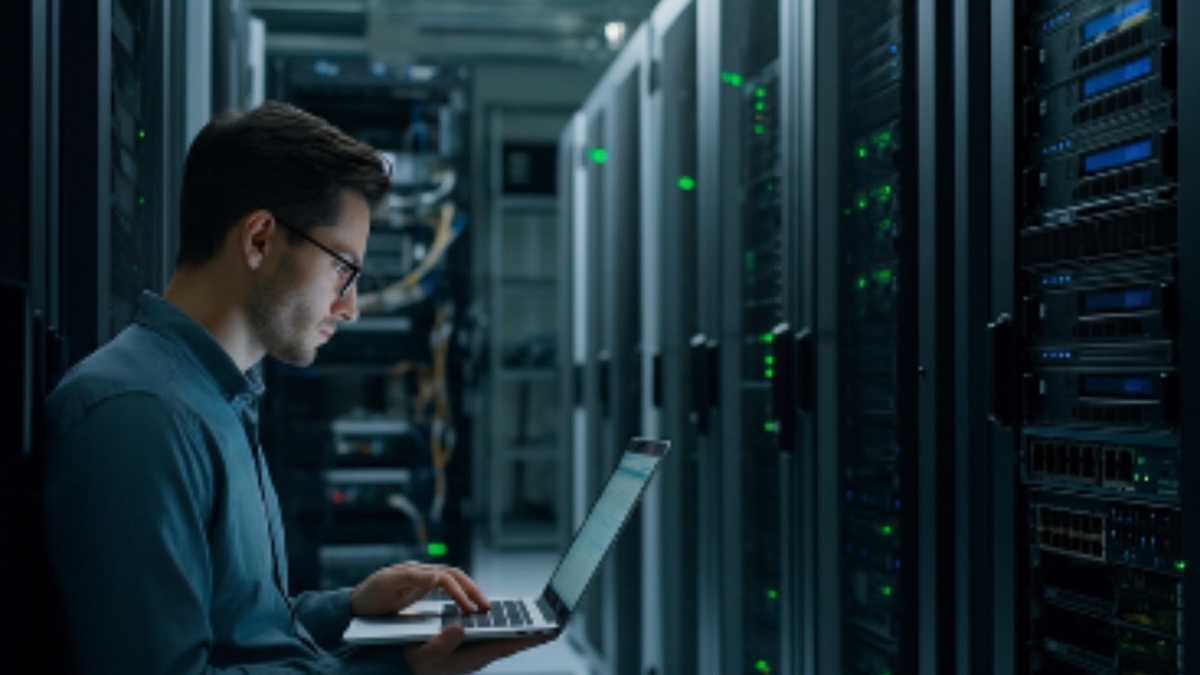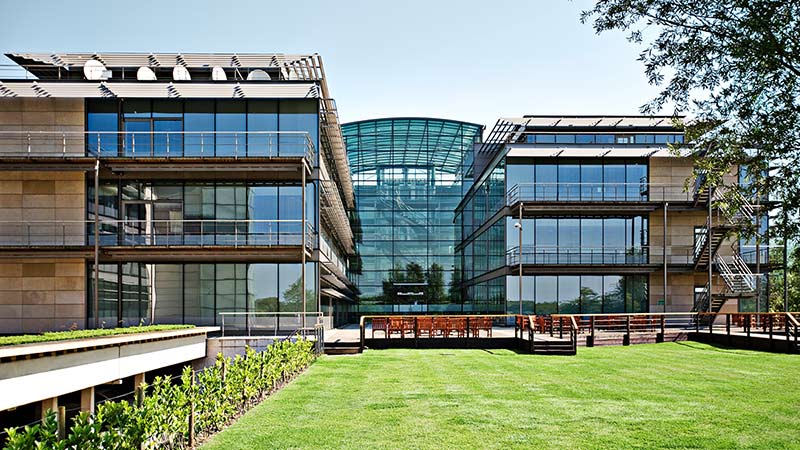At Cisco Live Melbourne 2025 this week the company put a spotlight on the innovations that are powering the future of technology.
In short, Cisco is building the critical infrastructure for the AI era. And Ben Dawson, Cisco's president for Asia, Pacific, Japan, and Greater China, wasted no time celebrating the company’s unique role in supporting its customers through one of the largest and most challenging tech transitions in history.
“I've not seen a pace of innovation like this in Cisco in my 27 years here,” Dawson said to a packed house full of customers, partners, and industry analysts. “But we're just getting started.”
“We bring together network security, observability and collaboration to deliver new outcomes, he continued. “And we do that in a way that no other organization on the planet can. Fueling that is our innovation engine — and we're on fire.”
And with new products like Cisco Unified Edge and Cisco IQ (to name but two), there no shortage of innovation on display.
But it’s not just about innovation (as essential as that is!). At a time when only 13% of organizations feel fully prepared for the challenges of AI, a trusted partner is essential.
“Technology transitions come and go,” Dawson stressed, “but that foundation of trust has underpinned what we've achieved together and will be important as we go forward. And I believe a trusted partnership and working with a trusted vendor is more important than it's ever been.”
Capturing the vast value of AI — and doing it securely
To that end Jeff Shultz, Cisco’s senior vice president for portfolio strategy, took the stage to share some of the key innovations that are enabling Cisco customers to capture their slice of that vast AI value at stake.
Shultz cited IDC estimates that place AI value at $22.3 trillion by 2030. But getting there will not be without challenges — big ones — including network capacity, energy, security, and data governance, especially as machine-to-machine data all but explodes.
“AI is going to have massive implications for the technology architectures of everybody in this room,” Shultz stressed.
That’s where Cisco comes in.
“Cisco is head on attacking all of these issues,” Shultz said. “And that's why you hear us talk about being the critical infrastructure for the AI era. High-performance, low-latency networking, compute, optics, security, observability, collaboration, all of these things put us at the very center of this movement. And you're going to see us innovating at an even faster rate.”
Shultz then shared three key pillars of Cisco’s strategy: AI-ready data centers, future-proof workplaces, and digital resilience.
“AI ready data centers are where the digital workers of the future are all going to work and live,” Shultz explained. “Future proof workplaces are where humans work, collaborate with each other, work with customers, work with patients, and get the jobs of the future done. And digital resilience is critical. It’s ensuring you have the ability to leverage all your data to keep your business up and running and protect it from downtime, whether it's an infrastructure issue or a security threat. And all of this is powered by Cisco AI.”
Shultz listed a bevy of Cisco innovations to meet these challenges and those of the future — for customers ranging from hyperscalers to enterprises. And he stressed how security is fused into the network. And with Cisco’s platform strategy and intuitive Agentic AI-powered interfaces, ease of use is designed into every product.
Empowering the data center for unprecedented demands
Shultz first addressed the critical, AI-related energy and compute limitations that are driving organizations to connect separate data centers, sometimes across thousands of kilometers.
“We were super excited a few weeks ago to announce the new Cisco 8223 router,” Shultz said. “This is a 51.2 terabyte router, 20 billion packets per second, 65% less power than the previous generation. It's powered by our P200 Silicon One chip that has deep buffer technology. So, it can handle burst traffic between data centers. And when paired with our optics, you get the performance across data centers at distance that used to be only achievable within a data center.”
Another essential innovation is Cisco Unified Edge. And Vimala Veerappa, Cisco’s senior director for data center networking, demonstrated its powerful capabilities.
“AI workloads are increasingly moving out of the data center and to the edge,” she explained, “because for most organizations, that's where the real-world benefits of AI exist. That’s where the data is created and where you need to make decisions in real time, and that's where we're taking AI next with the new Cisco Unified Edge. It’s a platform designed for the modern edge, focusing on AI and compute, but also storage, security and networking, all in a single modular platform.”
Veerappa then showed how a wide range of Cisco products— including Nexus Smart Switches, Cisco AI Pods, Cisco Secure AI Factory with NVIDIA, Cisco Unified Edge, Cisco Intersight, and Cisco Security Cloud — can be seamlessly integrated into one single-pane-of-glass solution: Nexus Dashboard. This enables teams to manage and respond to issues as they happen, if not before.
In short, it was a demonstration of cutting-edge digital resilience for the AI era. All of which is supercharged by Cisco’s ongoing integration with Splunk, with its industry-leading analytics and observability, across the portfolio.
Further on-stage demonstrations revealed how customers can:
- Modernize campus and branch networking with cloud management, agentic workflows, and security integrated into the network.
- Deliver a comprehensive secure networking platform to protect infrastructure, devices, access, and workloads.
- Employ Cisco Connected Intelligence to enable collaboration between people, AI agents, and AI-to-AI.
Customer experience and the power of simplicity
On the subject of Cisco-powered customer experience — and its close cousin, fan experience — Ben Dawson cited one of the most exciting projects in APJC: Singapore Sports Hub, featuring the 55,000 seat National Stadium.
Cisco customer Kallang Alive Sport Management, which manages the Singapore Sports Hub, has embarked on a precinct-wide rollout of Wi-Fi 7 — the first of its kind in an APJC sports complex.
“Kallang brought together Wi-Fi 7 along with intelligence and automation that allowed them to make agentic ops real,” Dawson explained. “They leveraged Cisco AI Assistants and AI radio resource management to allow their networks team to identify, anticipate, and remediate challenges in that environment before it impacts their users. But the real power of this rollout of Wi-Fi 7 is that it unlocks a new digital platform to create new fan experiences and transform the experience that people have when they come to this precinct.
And Jacqueline Guichelaar, Cisco’s SVP and general manager for customer experience, Asia Pacific, Japan, and Greater China (APJC), added her thoughts on Cisco’s effort to make customer experiences as simple as possible.
A new innovation called Cisco IQ is doing just that.
“AI is evolving the IT landscape,” Guichelaar explained. “That's why we built Cisco IQ, an enhanced customer interface where AI driven systems and human expertise unite to accelerate your entire technology lifecycle. And it predicts and prevents issues before they impact you.”
Guichelaar then brought up Rajesh Kumar, chief information officer for LTIMindtree, a global technology consulting and digital services company based in Mumbai, India.
Kumar shared how LTIMindtree, with Cisco technology and support, transformed their network and workplace infrastructure in just 90 days.
“We needed a trusted partner who brought together networking, security, observability, collaboration, all under one consistent framework,” he said. “We turned towards Cisco CX, and they were able to design this roadmap and executed it effectively.”
Zeus Kerravala, founder and Principal Analyst with ZK Research, summed up the event, with a focus on how Cisco’s platform strategy is paying great dividends for customers.
“Unified Edge and Unified Branch Networking are both great examples of Cisco’s platform strategy,” Kerravala said. “But just follow the announcements back this year, AI Canvas, Hypershield, AI Defense, the coming together of Catalyst and Meraki and a lot more. Those are all great proof points that the platform strategy is here — and it's working.”





